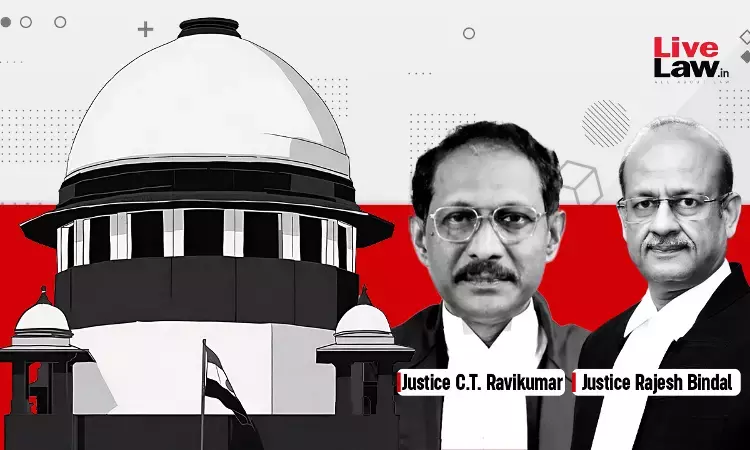Punjab Pre-Emption Act | Supreme Court Explains Difference Between 'Land' & 'Immoveable Property'
Yash Mittal
7 Feb 2024 12:07 PM IST

Next Story
7 Feb 2024 12:07 PM IST
The Supreme Court held that a tenant can claim the right to pre-emption in the 'urban immovable property' under the Punjab Pre-Emption Act, 1913, and the claim of the tenant cannot be discarded by the subsequent purchaser of the urban immovable property on the ground that the notification issued by the state government bars the tenants right to file a suit for pre-emption for the land situated...
